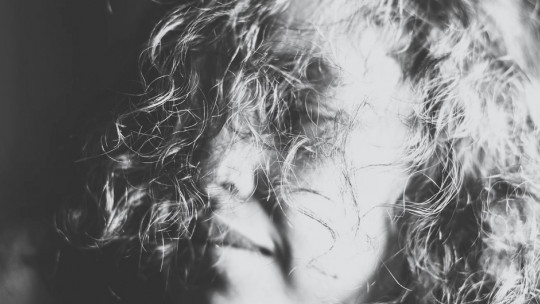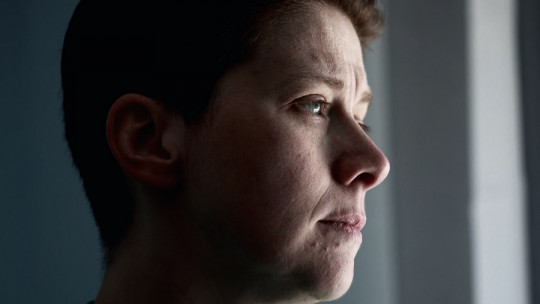
Anxiety is a complex phenomenon with psychological and physiological components. It is linked to the visualization of negative events in the future. For example, an anxious subject preparing to play a game of chess will consider himself a loser before having moved the first piece.
Theories of anxiety are diverse but they all agree that the individuals who present it feel threatened in some way by everyday and harmless situations.
Current knowledge regarding anxiety theories is constantly advancing. This progress is largely due to the many research studies that have been generated to date and especially to those that are still open. Most studies are designed to test and create effective treatment approaches.
Theories of anxiety
Let’s look at some of the anxiety theories that exist. To a large extent these contributions have focused on the relationship between information processing and emotion
Although a variety of theories of anxiety have been postulated, there are three basic orientations:
These three theories of anxiety are based on the belief that there are cognitive structures concerning anxiety disorders. Let’s analyze its characteristics.
1. Emotion and image: Bioinformational processing
For bioinformational theory, the way in which information is stored is not relevant, but the types of information stored and the results produced by the activation of that information It assumes that all the information processed by the human mind is encoded in the brain in an abstract way and at the same time.
Specifically, bioinformation theory points out that the basis of thought is based on logical relationships that could be expressed through formulations of propositional logic. The propositions are grouped in psychic networks, the networks constitute an associative structure or associative memory of the emotion, which constitutes a kind of “affective program.” In the psychological treatment of phobias, generally emotional memory is activated through a verbal method.
2. Concept of associative network (Bower)
Emotions are represented in memory in the form of units or nodes, in the form of an associative network (semantic network). The nodes are related to other types of information: relevant situations to facilitate the emotion, visceral reactions, memories of pleasant or unpleasant events. , etc.
The activation of an emotional node facilitates accessibility to mood-congruent material (mood congruency hypothesis).
Memorized material is best remembered when there is coupling between the conditions under which it was originally learned and the conditions under which it is intended to be remembered (mood-dependence hypothesis).
Biases operate at different levels of processing: attention, interpretation and memory. Experimental data tend to indicate that depression is primarily associated with elaboration biases and not memory biases.
3. Outline concept (Beck)
Bower and Beck have in common that they both believe that in patients with an anxiety disorder, there must be a dysfunctional cognitive structure that leads them to produce certain biases in all aspects of information processing They developed their theory thinking more about depression than anxiety.
Thus, for Beck there is a poorly adaptive cognitive scheme that keeps anxiety high when applied to analyze and interpret reality. However, the reasons why the prevalence of a certain mode is maintained is not sufficiently explained.
Therapies associated with this psychological alteration
Some of the most effective therapies for anxiety disorders
1. Cognitive restructuring
Cognitive restructuring is a general strategy of cognitive-behavioral therapies. Has as purpose modify the mode of interpretation and subjective assessment of the subject through dialogue and maieutics.
2. Expository techniques
When the anxious subject is afraid of speaking in public, he may miss classes to avoid giving a presentation in front of his fellow students. The objective of these techniques is that through repeated exposures controlled by the therapist, the subject gradually acquires control over anxiety, until it disappears
3. Systematic desensitization.
Instead of immediately confronting the subject with the feared situation or object, treatment and exposure begin with a situation that is only slightly threatening, in an environment controlled by the therapist, to advance step by step towards the objective.
You should go to therapy
Going to therapy will always be the best way to overcome anxiety or learn to control it. Science shows that psychotherapy is the best option to help the patient; It gives you techniques to relax and helps you see situations from a healthy perspective.








